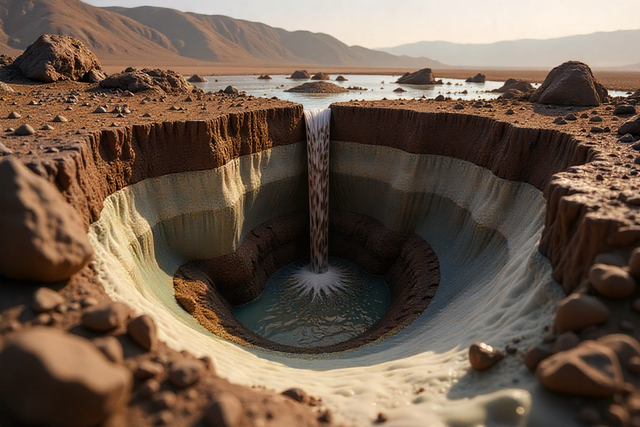Most of the water on Mars can be consumed, after treatment.
Most of the water on Mars can be consumed, after treatment.

Mars may be our destination as humanity before jumping to those planets, I know this sounds very futuristic, but it is going to happen whether it is Mars or other planets, we are talking about a process that will last centuries, but it will happen, in the same way that humans when they left Africa ended up colonizing all the continents sooner or later with that drive that we have. and that will also happen at least in nearby star systems.

If we get to Mars, we escape the Martian soil a little and take some ice from a glacier in those subterranean areas that are on Mars, we heat it and filter it. The question is, can we drink that extraterrestrial water, and it turns out that research was recently published in the scientific journal Icarus under the title "Physical properties of underground water ice deposits in the middle latitudes of Mars from surface radar."

This research transforms Martian water ice into the most valuable resource on the red planet, because with ice it can be used not only for drinking water, also for hygiene, obviously, but also to produce oxygen for breathing, water is H2O, hydrogen and oxygen, hydrogen can also be used for rocket fuel through an electrolysis process, it is a fairly simple process, the only thing you need is electrical energy and this could make long-term missions and the colonization of Mars much easier.
The images without reference were created with AI
Thank you for visiting my blog. If you like posts about #science, #planet, #politics, #rights #crypto, #traveling and discovering secrets and beauties of the #universe, feel free to Follow me as these are the topics I write about the most. Have a wonderful day and stay on this great platform :) :)

